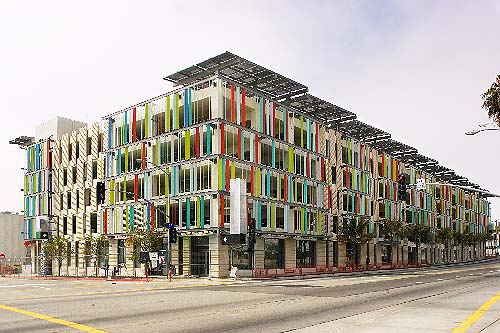 In his New York Times Magazine article, The Power of Green, columnist Thomas Friedman outlines nicely a couple of important considerations of going green, and what it takes to get there.
In his New York Times Magazine article, The Power of Green, columnist Thomas Friedman outlines nicely a couple of important considerations of going green, and what it takes to get there.The most prominent political issue is how the price of oil based on growing world demand has sprung up despotic governments and created political turbulence in areas such as Venezuela and Saudi Arabia. So, this is one way that the world could benefit from green not just tomorrow, but today.
But, that is only part of the picture. Friedman shows how green technology can be accessible and practical, such as in cases like Wal-Mart's supply chain revamp as well as GE's environmentally progressive technologies. However, both cases needed a catalyst to make them happen. In the case of Wal-Mart, the customer base raised their collective voice, and in the case of GE, European governments embraced their wind turbines to meet tough, but effective, government energy goals.
So what should the US do about it?
The climate crisis is really an opportunity to establish itself as a leader in the upcoming decades of the fight against climate change. Basically, what the United States needs to do is have the government spur development through incentives. So.. this means grants and loans to jumpstart R&D, and taxes in other places (such as a carbon tax based on CO2 emissions and fuel economy standards). In any event, it needs to be something that works in practice, not just political sweet talk.
The US is actually in a very strong position to tackle the complexities of green infrastructure. The nation has the funding, the manpower, and above all, the brainpower to pull it off. If the government could coordinate the combined efforts of the three, it would be a strong start. As Friedman mentioned, when the governor of Texas laid out green energy requirements for its power companies, they responded so quickly that the energy requirements had to be further tightened just to keep up with the progress.




